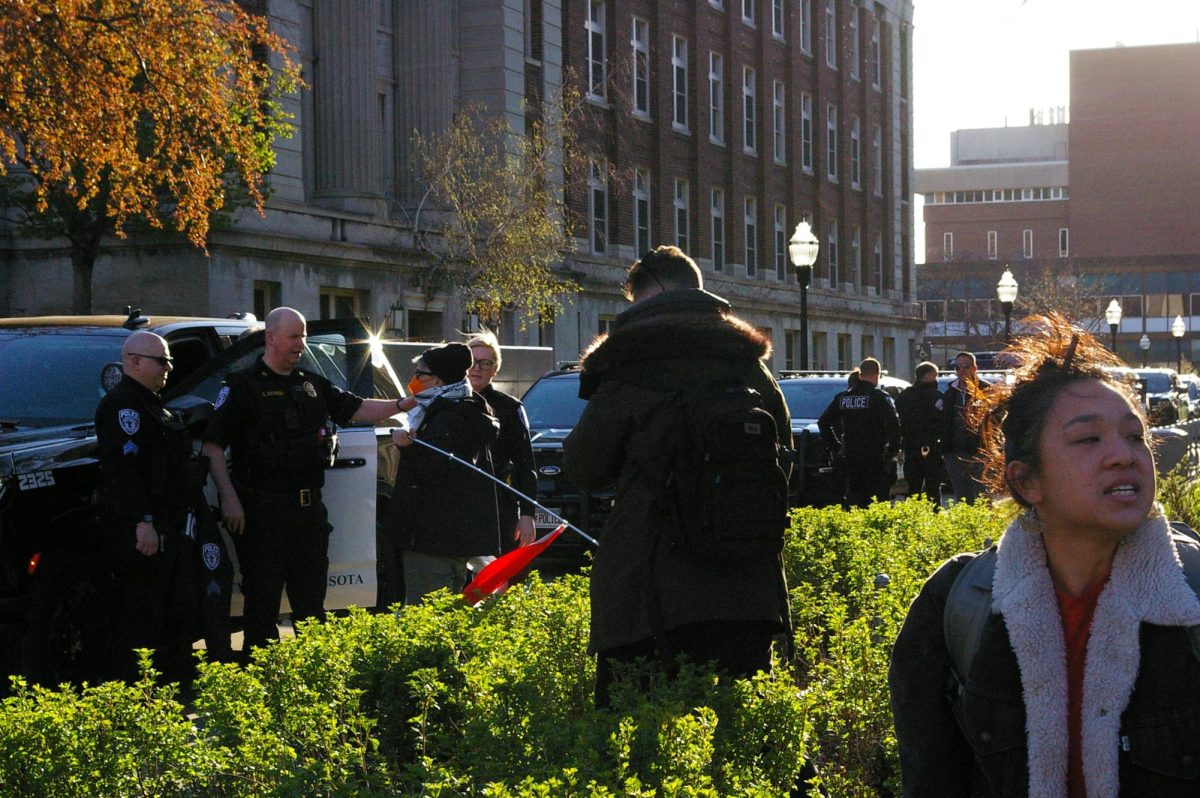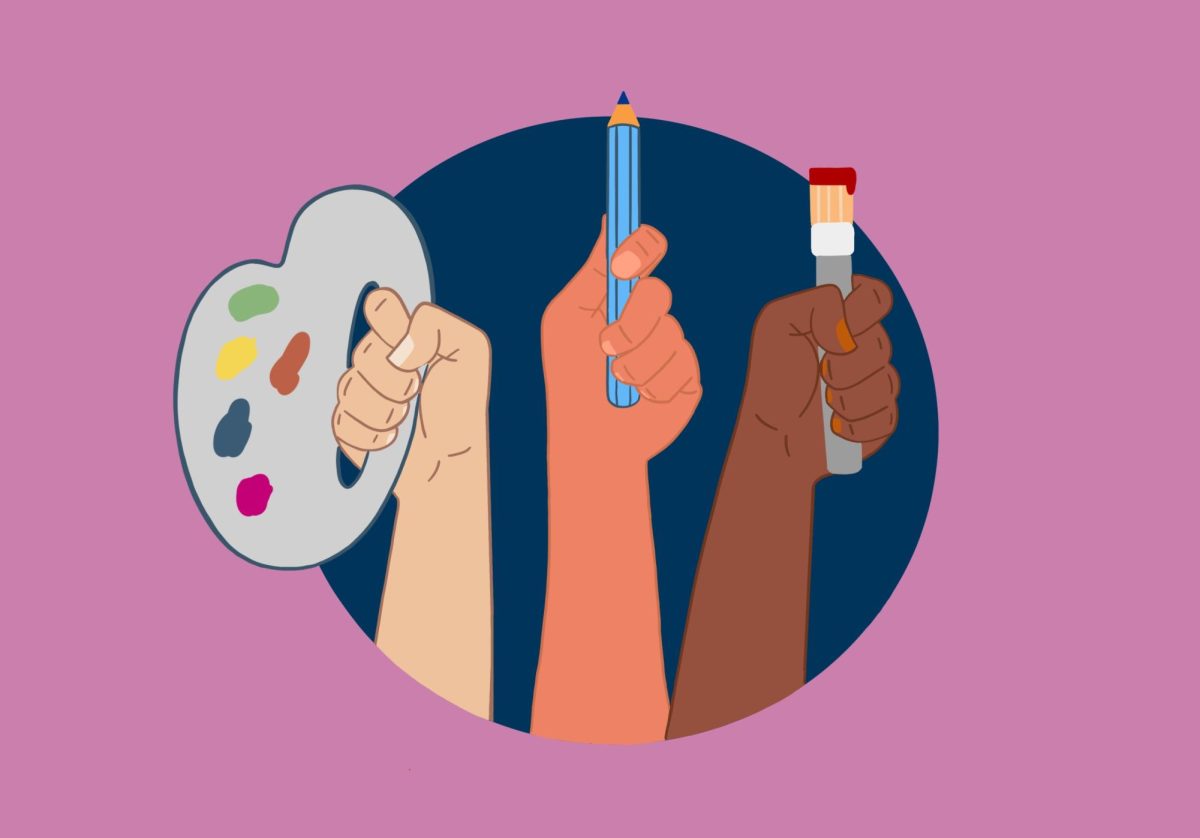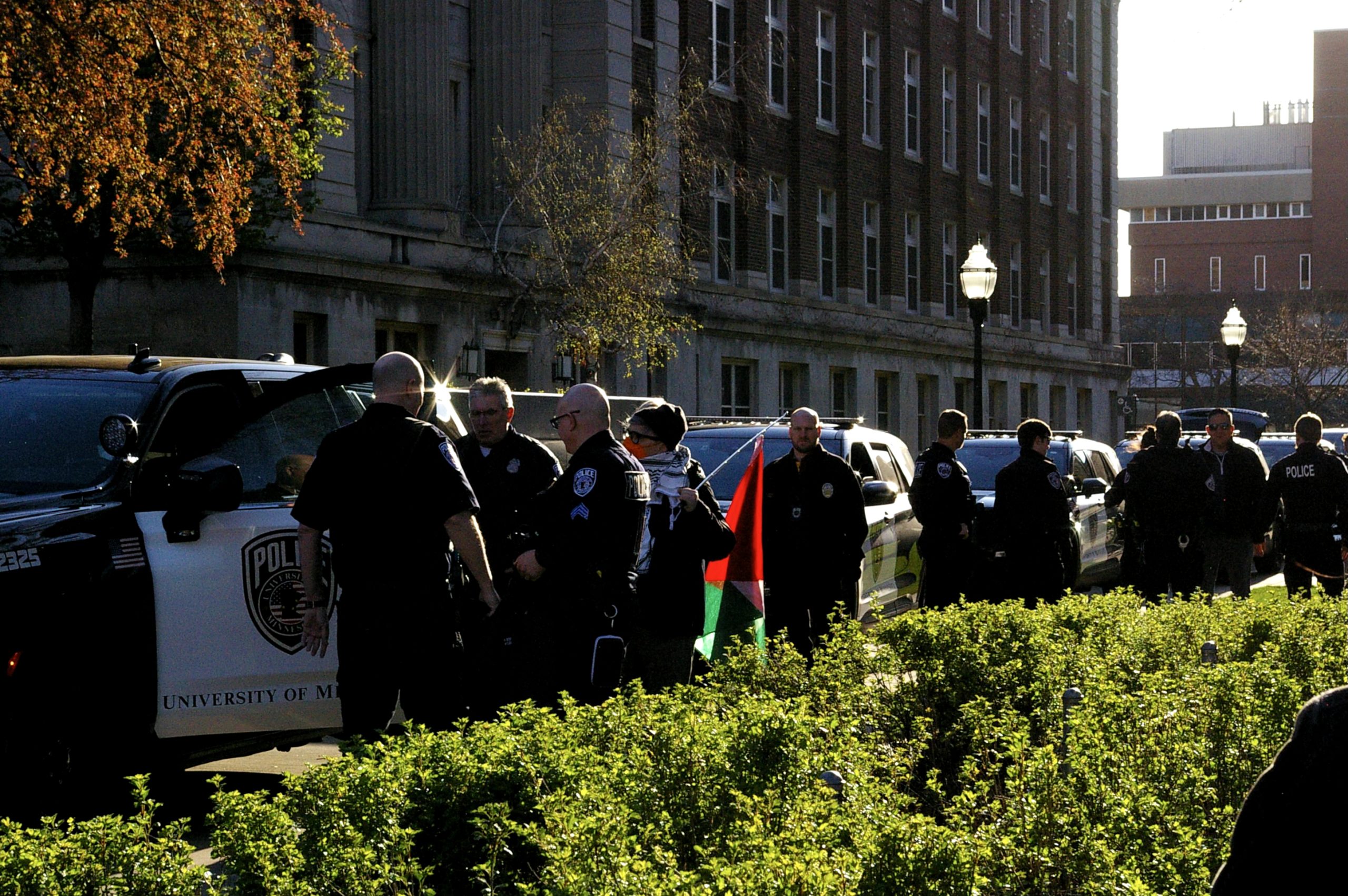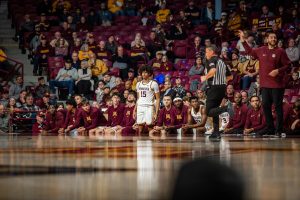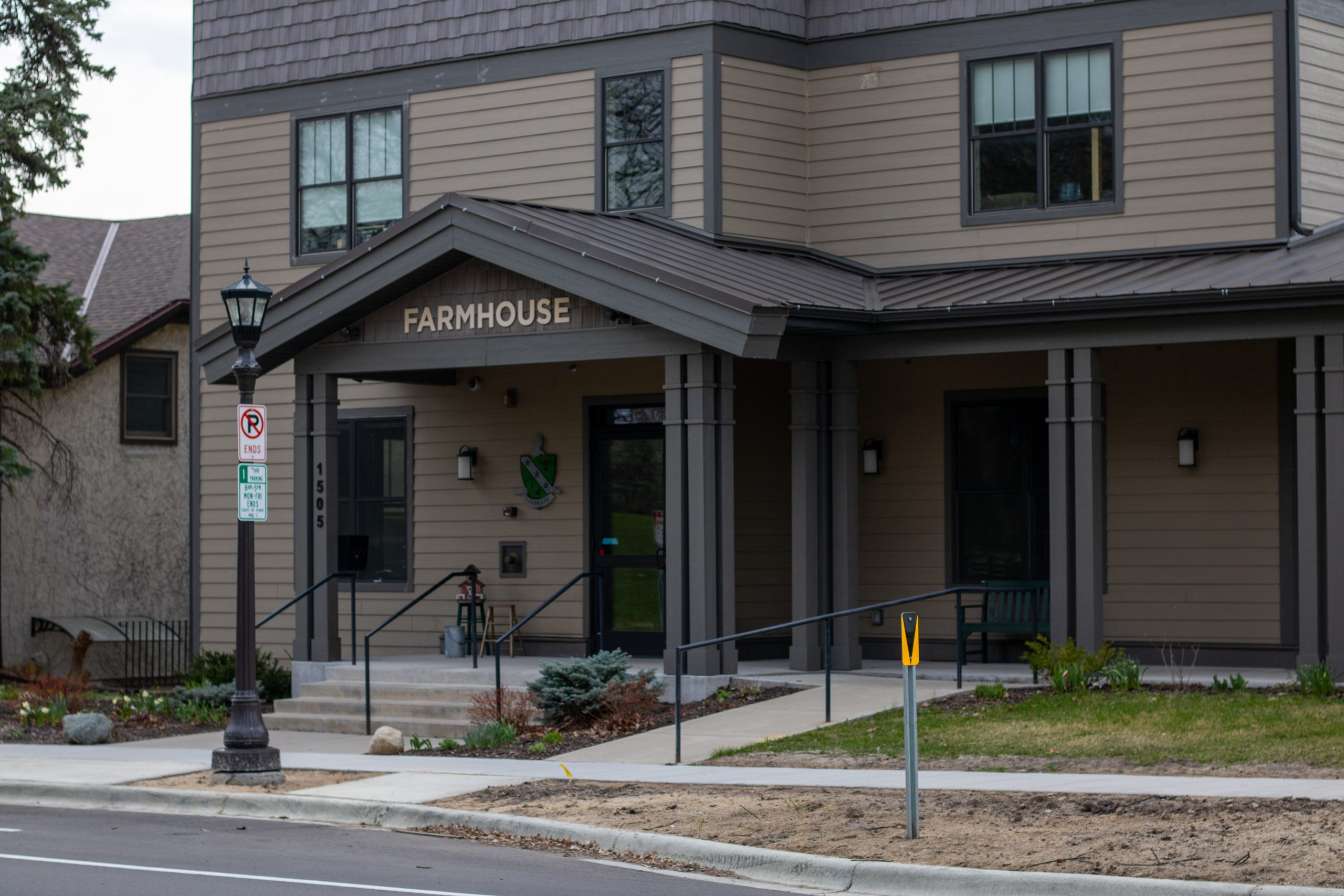When the Minnesota volleyball team took to the court over the weekend, tradition took precedent over an NCAA recommendation. Over fears of spreading H1N1, the NCAA had discouraged volleyball teams from participating in pregame handshakes, but Minnesota opted to continue shaking hands in its contests with Oregon, Georgia Tech and Denver during the Pioneer Classic tournament in Denver over the weekend. Minnesota coach Mike Hebert said that a couple of his players have come down with flu-like symptoms in recent weeks and one was tested for H1N1, commonly known as swine flu. The test was negative, however, and the player rejoined the team. Hebert consulted with a trainer before the games, and decided that shaking hands was not a risk to player safety. He, too, shook hands with opposing coaches. The Minnesota football team has made a similar commitment to sportsmanship. Last week, Athletic Director Joel Maturi said that the Gophers had no plans to desert the NCAAâÄôs new initiative of a pregame handshake. âÄúWe have not been told we could not do this,âÄù Maturi said. âÄúSo right now we certainly want to be intelligent about it, but we also donâÄôt want to panic and try to create hysteria that maybe does not need to be created.âÄù John Finnegan , dean of the School of Public Health, said that he would advocate caution over sportsmanship. âÄúI guess my feeling would be, very simply, that this is no time to be encouraging handshaking,âÄù Finnegan said. H1N1 has been blamed for more than 3,400 deaths worldwide to date, and, unlike past flu outbreaks, has especially preyed on those under 25 years of age . Maturi said that the school would be in contact with doctors, trainers and opposing teams to help make flu-related decisions. The possibility of the virus spreading among players and schools has been amplified by last weekâÄôs news that at least 40 University of Wisconsin football players experiencing flu-like symptoms practiced during the week and played in the teamâÄôs Sept. 13 game against Fresno State University. Fresno State trainer Kelli Eberlein said Wisconsin alerted Fresno State early in the week, but believed the players would be healthy by game time. Eberlein reported last week that no Fresno State players had complained of flu symptoms. Wisconsin coach Bret Bielema said to other news outlets that his team canceled midweek weight lifting to allow players to sleep in and recover. Maturi said that he watched MinnesotaâÄôs squad practice on Tuesday night of last week, and that trainer Ed Lochrie repeated instructions he had previously given to the players on how to recognize flu symptoms. Maturi said that the athletics department will not be taking any risks. âÄúIf someone is not feeling well, he or she, number one, should not be at practice or competition,âÄù Maturi said. âÄúIf they maybe are recovering a little bit and given permission to play, maybe he or she should refrain from that.âÄù According to Health and Human Services Secretary Kathleen Sebelius , an H1N1 vaccine should be available as soon as the first week in October. Maturi said that as soon as vaccines become available, athletes will be encouraged to get the shot. The NCAA Web site includes an interactive Google map with pinpoints to indicate which college campuses are experiencing some level of flu outbreak. The map identifies several major athletic conferences that are at risk. In the Big Ten, Penn State, Indiana and Wisconsin are highlighted on the map, and the Center for Infectious Disease Research and Policy at the University of Minnesota has predicted that MinnesotaâÄôs infection rate could reach 30 percent. Maturi said that at a Big Ten meeting on Oct. 1, H1N1 would be a top priority. The conferenceâÄôs concern, he thinks, will be the decision to cancel or reschedule games involving flu-ridden teams. Earlier this month, Division II Stillman College forfeited a football game when a wave of flu swept through the roster. Athletic Director Curtis Campbell said that more than 20 Stillman players were sick for two or three days each. The decision was made on the advice of StillmanâÄôs nurse practitioner. âÄúOur students had a 102-degree temperature,âÄù Campbell said. âÄúThey wanted to suit up and play. But in the end, youâÄôve always got to do whatâÄôs in the best interest of your students, and, also, in the best interest of your opponents.âÄù Finnegan said that players with any symptoms should be sent home immediately. He said he knows that athletes do not want to miss a contest for any reason, but in this case, the risk outweighs the reward. âÄú[Playing with the flu] isnâÄôt going to help you out,âÄù Finnegan said. âÄúYouâÄôre not going to be playing your best. YouâÄôre not going to be doing the team a favor by being out there, infecting everybody else.âÄù


